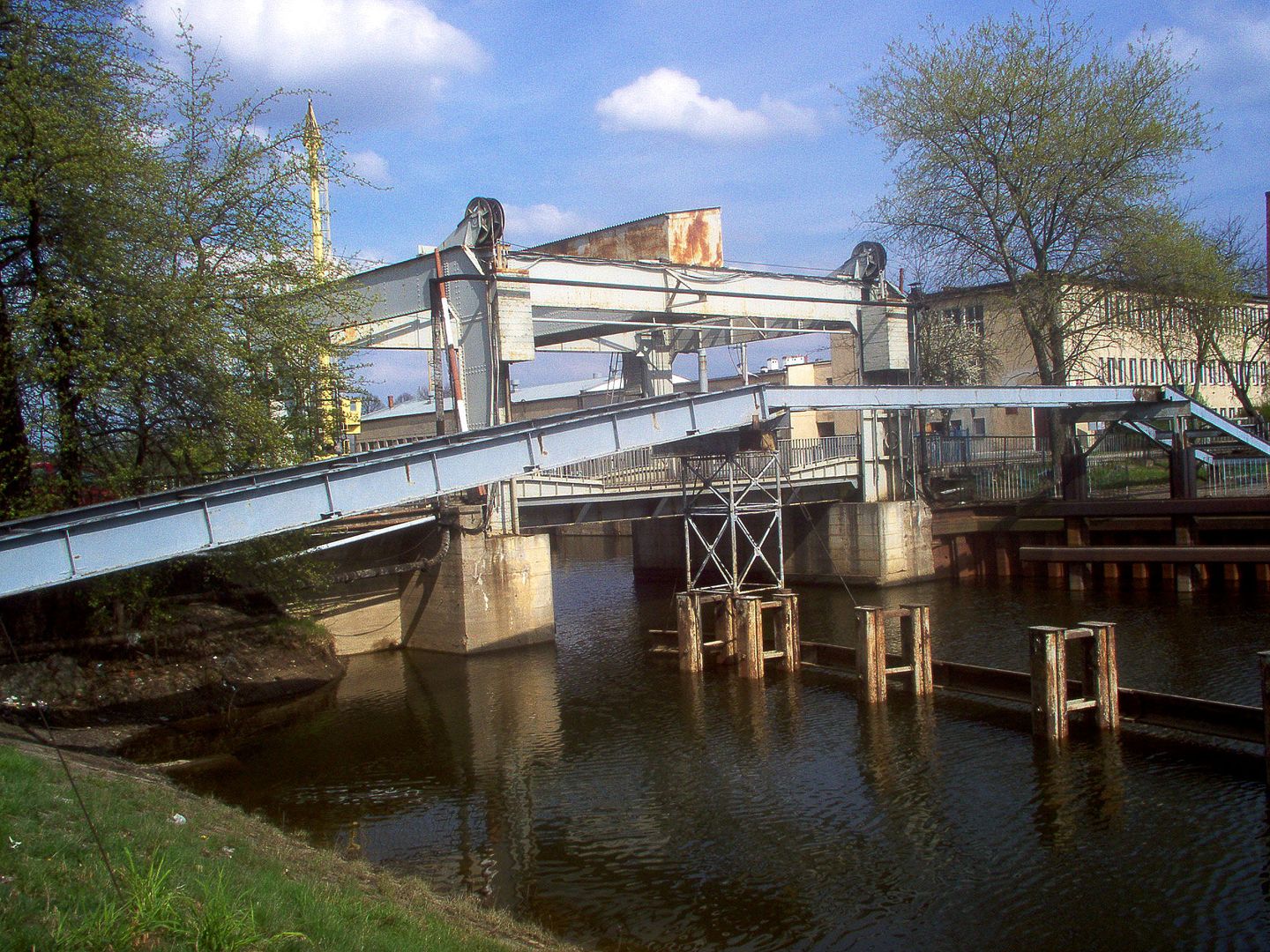Lift bridge in Nowa Sól
7.12

Overview
The bridge over the port canal in Nowa Sól is a unique structure on the scale of Poland and Europe, being a movable bridge with a lifting span. Its history dates back to the beginning of the 18th century, when the first wooden bridge leading to Mały Lasek was built in 1743. In the 19th century, due to the development of the river port, the bridge underwent a series of modernizations, including a reconstruction into a modern bascule structure in 1896. At that time, a central span with two counterweight-lifted flaps appeared. Although the bridge was put into operation, it did not meet the requirements of modernity. Therefore, in 1927, a more modern structure was erected, which met the needs of the port, allowing it to accommodate larger vessels. The tragic events of World War II affected the bridge, as it was damaged by retreating German troops in 1945. In later years, the bridge was renovated several times, with the manual drive being replaced by an electric one between 1954 and 1956. Unfortunately, its technical condition deteriorated, leading to its closure to vehicular traffic in 1988. In 1993, a major renovation was carried out, and currently the bridge is in good technical condition. In 2012, the structure was entered into the register of monuments. In an architectural context, the bridge stands out with its steel structure and lifting mechanism, giving it a modern character. Culturally, the bridge plays an important role as a symbol of the city and a place of social integration, and it is also a tourist attraction. An interesting fact is that the bridge design was not implemented by the well-known construction company "Beuchelt & Co." but was developed by E. Wiesner from the Wrocław-based firm Eisenbetonbau-Gesellschaft, which was only revealed in 2013. The bridge in Nowa Sól, with its unique lifting mechanism, is an important element of local identity and a testament to the historical development of the region.
Location
2025 Wizytor | All Rights Reserved